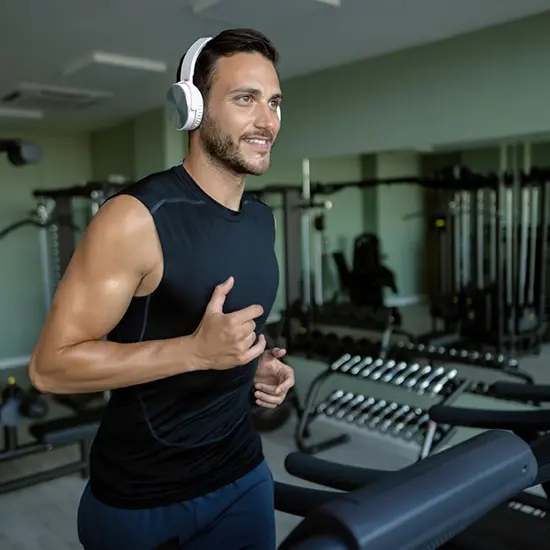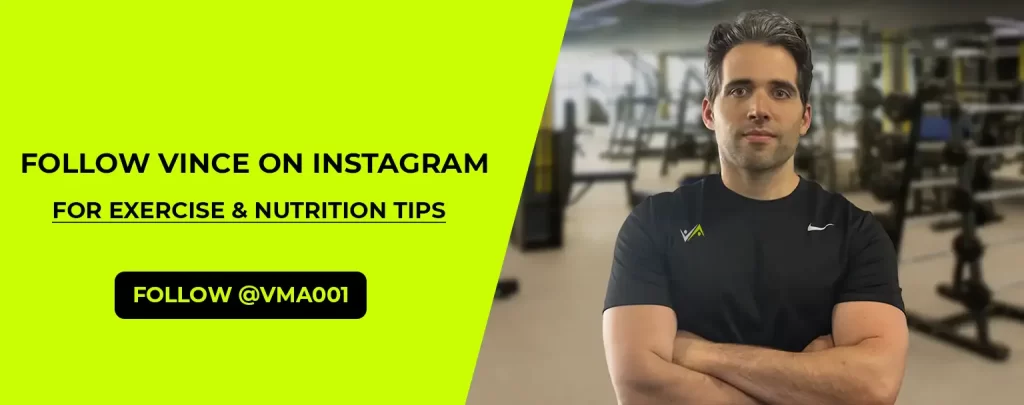Table of Contents (_workinprogress_)
As a personal trainer working with clients of all fitness levels, I’ve noticed one consistent trend: people tend to either love or hate cardio. Some swear by their daily runs, while others view the treadmill as a medieval torture device. Today, let’s break down why cardiovascular training matters and how to make it work for you – without the misery.
Beyond the Calorie Burn
Let’s get real – many people view cardio solely as a tool for burning calories. While it’s true that cardiovascular exercise can help with weight management, focusing only on calories missed means missing out on the bigger picture. Here’s what regular cardio actually does for your body:
- Strengthens your heart muscle
- Improves lung capacity
- Reduces risk of heart disease
- Lowers blood pressure
- Boosts mood through endorphin release
- Increases energy levels
- Improves sleep quality
- Enhances mental clarity
Finding Your Sweet Spot
The best cardio routine is the one you’ll actually stick to. I’ve seen too many clients burn out trying to maintain unrealistic programs. Instead, let’s focus on finding your personal sweet spot.
Starting Point: The Talk Test
One simple way to gauge your cardio intensity is the talk test:
- Light intensity: You can easily hold a conversation
- Moderate intensity: You can speak in short sentences
- High intensity: You can barely get out a few words
For sustainable weight management and health benefits, aim to spend most of your cardio time in the moderate zone, with occasional high-intensity bursts if you’re up for it.
Types of Cardio That Actually Work
Steady-State Cardio
Think traditional cardio like jogging, cycling, or swimming at a consistent pace. Benefits include:
- Builds endurance
- Easy to maintain
- Lower risk of injury
- Great for beginners
- Perfect for stress relief
Interval Training
Alternating between higher and lower intensities. This might look like:
- 2 minutes brisk walking, 1 minute jogging
- 30 seconds sprint, 1 minute recovery
- 5 minutes steady cycling, 1 minute fast pedaling
Benefits include:
- Time-efficient
- Keeps things interesting
- Can improve fat burning
- Builds cardiovascular fitness faster
Lifestyle Integration
The best cardio doesn’t have to happen in the gym, you can integrate into everyday:
- Taking the stairs
- Walking meetings
- Dancing
- Gardening
- Playing with kids
- Hiking with friends
Making It Sustainable
Here’s the truth about sustainable cardio and weight management – it’s not about killing yourself in every session. It’s about consistency and enjoyability.
Weekly Framework
For general health and weight management, aim for:
- 150 minutes of moderate cardio per week, or
- 75 minutes of vigorous cardio per week, or
- A mix of both
Break this down however works for you:
- 30 minutes, 5 days a week
- 50 minutes, 3 days a week
- 20 minutes daily
- Two longer sessions on weekends
Common Pitfalls to Avoid
Doing Too Much, Too Soon
Starting with hour-long sessions daily is a recipe for burnout. Begin with 10-15 minutes and gradually increase.
Ignoring Recovery
Your body needs time to adapt. Signs you need more recovery:
- Persistent fatigue
- Decreased performance
- Trouble sleeping
- Unusual soreness
The Compensation Trap
Be aware of post-workout hunger increases. Don’t fall into the trap of eating back all your calories because “you earned it.”
Making It Work in Real Life
Time Management
- Break it up into smaller sessions
- Schedule it like any other important appointment
- Prepare workout clothes the night before
- Find activities that serve double duty (like active commuting)
Motivation Tips
- Track your progress (but don’t obsess)
- Set performance goals, not just weight goals
- Find a workout buddy
- Mix up your routine
- Celebrate small wins
The Role of Nutrition
Remember, you can’t out-cardio a poor diet. Focus on:
- Adequate protein for muscle recovery
- Complex carbs for energy
- Healthy fats for hormone balance
- Plenty of water for hydration
- Whole foods over processed options
Listen to Your Body
The most sustainable approach to cardio and weight management is one that honors your body’s signals. Some days you’ll feel energized for that high-intensity session. Other days, a gentle walk might be exactly what you need.
Moving Forward
Start where you are, not where you think you should be. Whether that’s walking around the block or training for a marathon, every step counts. Focus on consistency over perfection, and remember that sustainable results come from sustainable practices.
Ready to build a cardio routine that works for you? As a personal trainer, I can help you develop a personalized plan that fits your lifestyle and goals. Let’s work together to make cardio fitness a natural, enjoyable part of your life.
Read Also
Why Recovery Days Are Just As Important As Training Days – click here.
Meal Prep 101: Planning Your Nutrition for the Week – click here.

Vince Alessia
Fitness & Nutrition Expert
As his passion for health and wellness grew, Vince went on to pursue a bachelors degree in Nutrition at the University of Illinois at Chicago as well as becoming a Certified Personal Trainer. Believing in continuing education, he did not stop there, he also received his certification from the National Academy of Sports Medicine.





